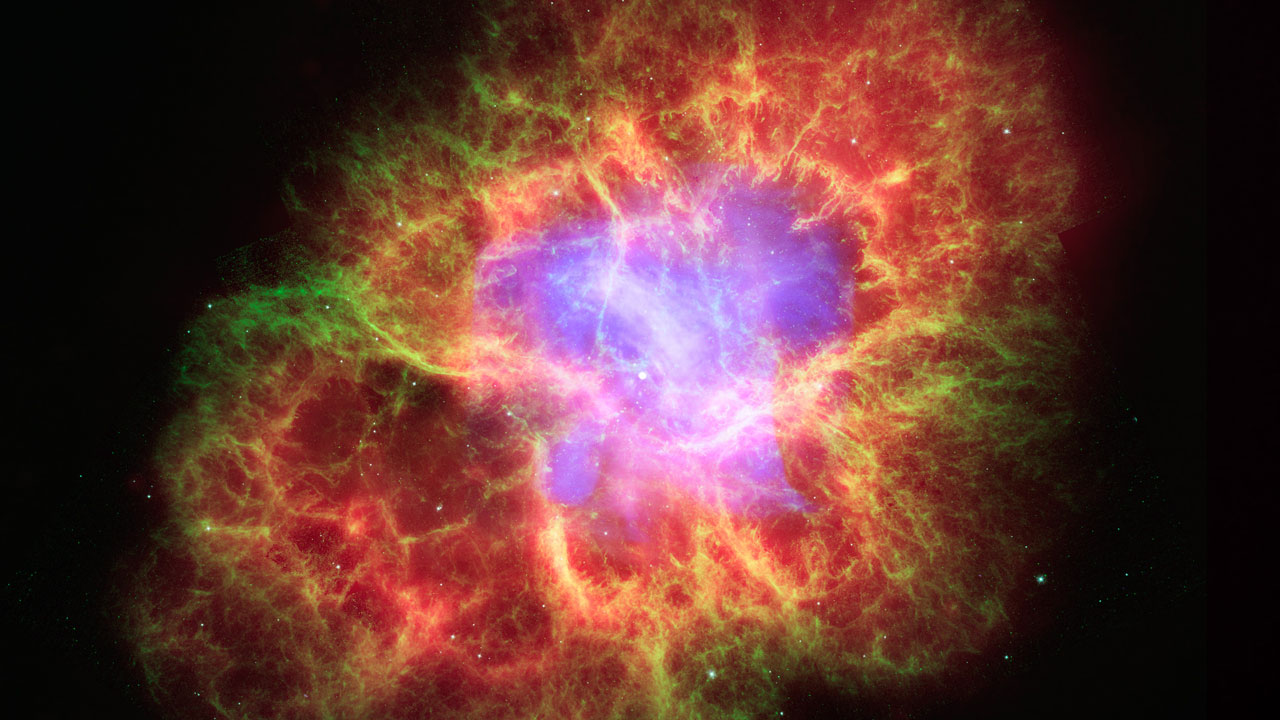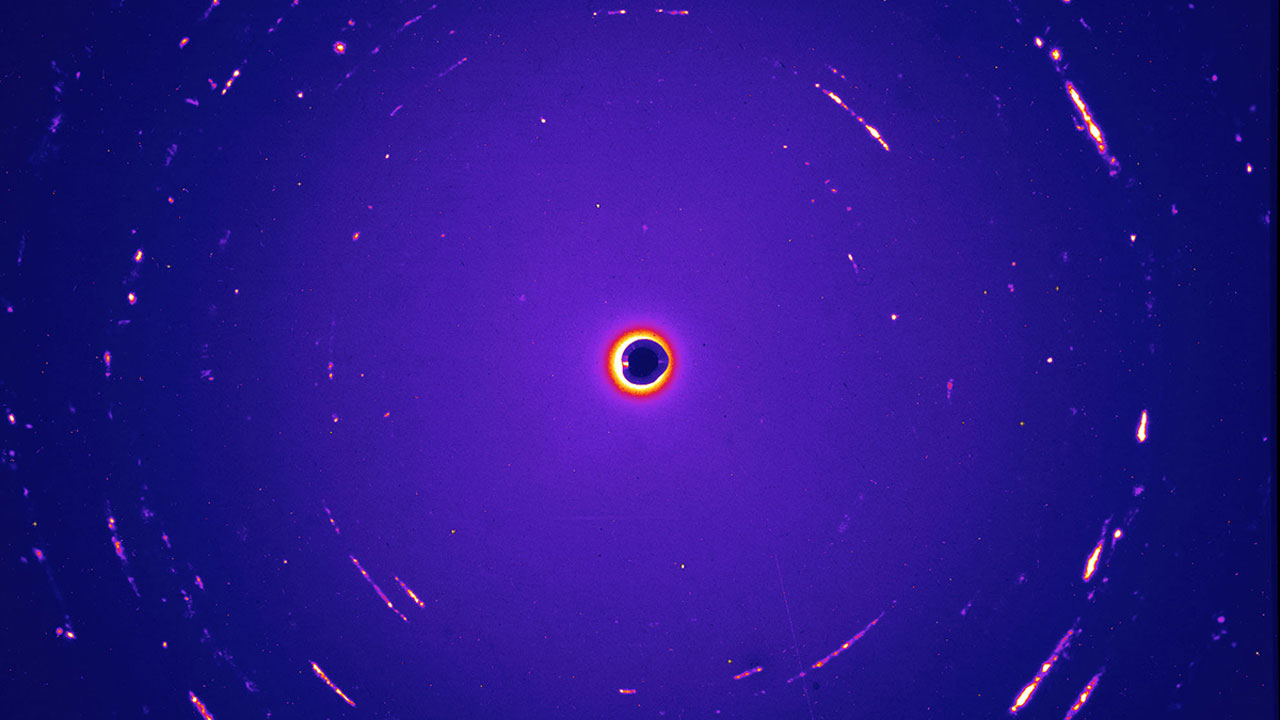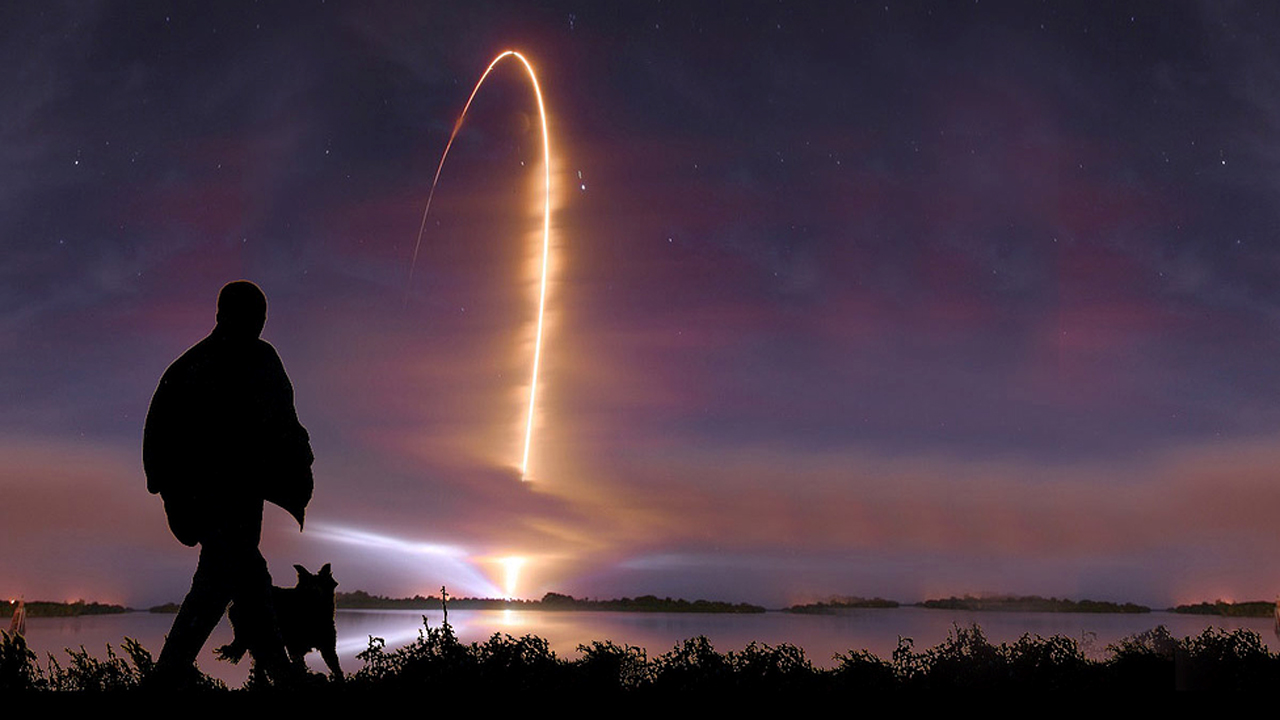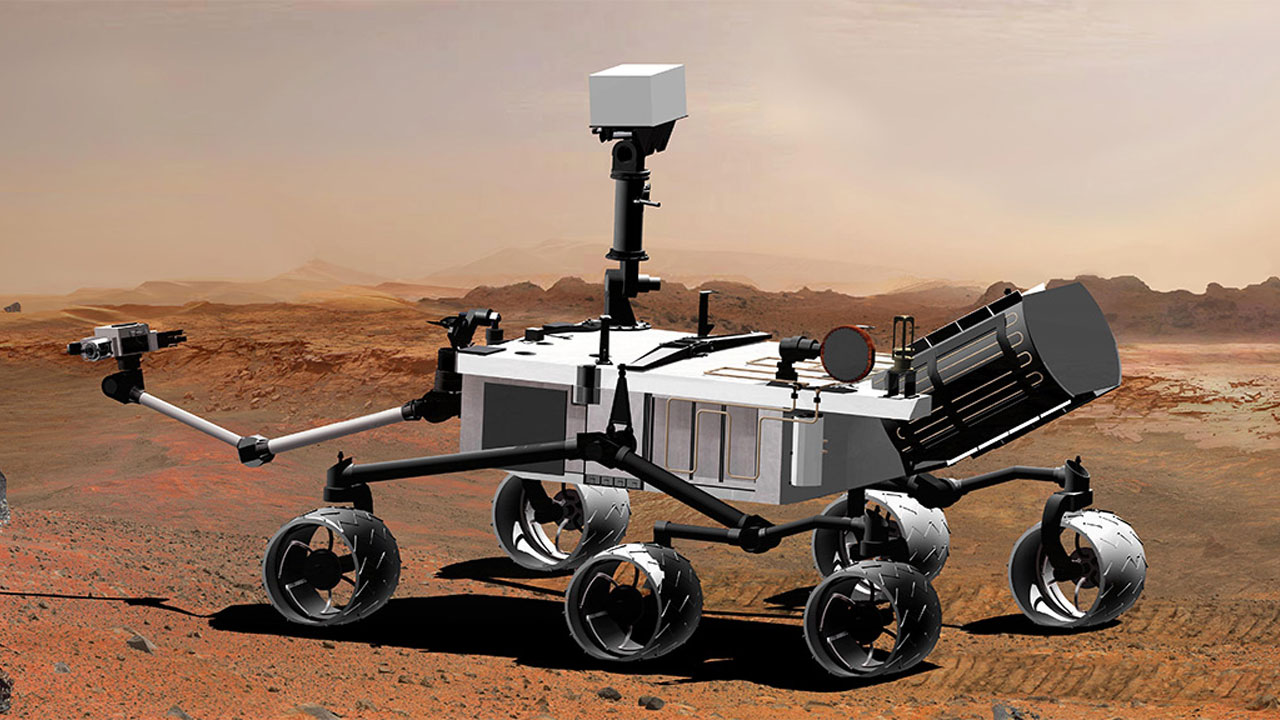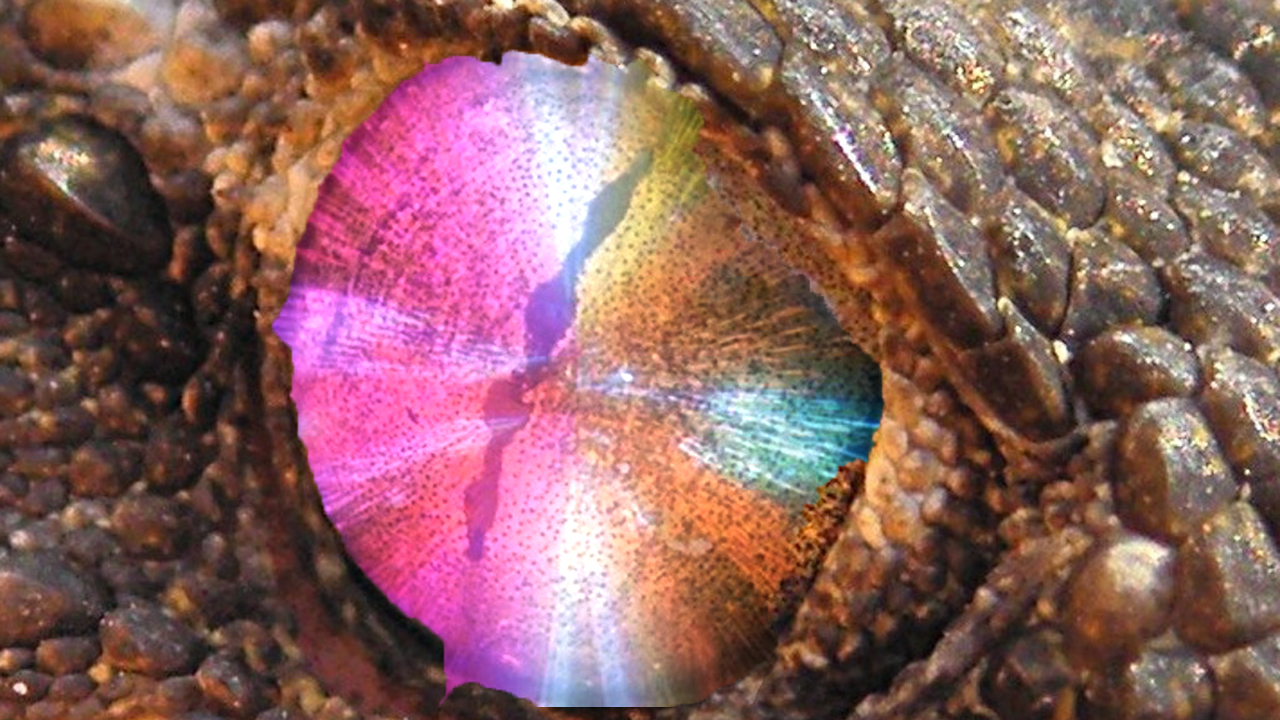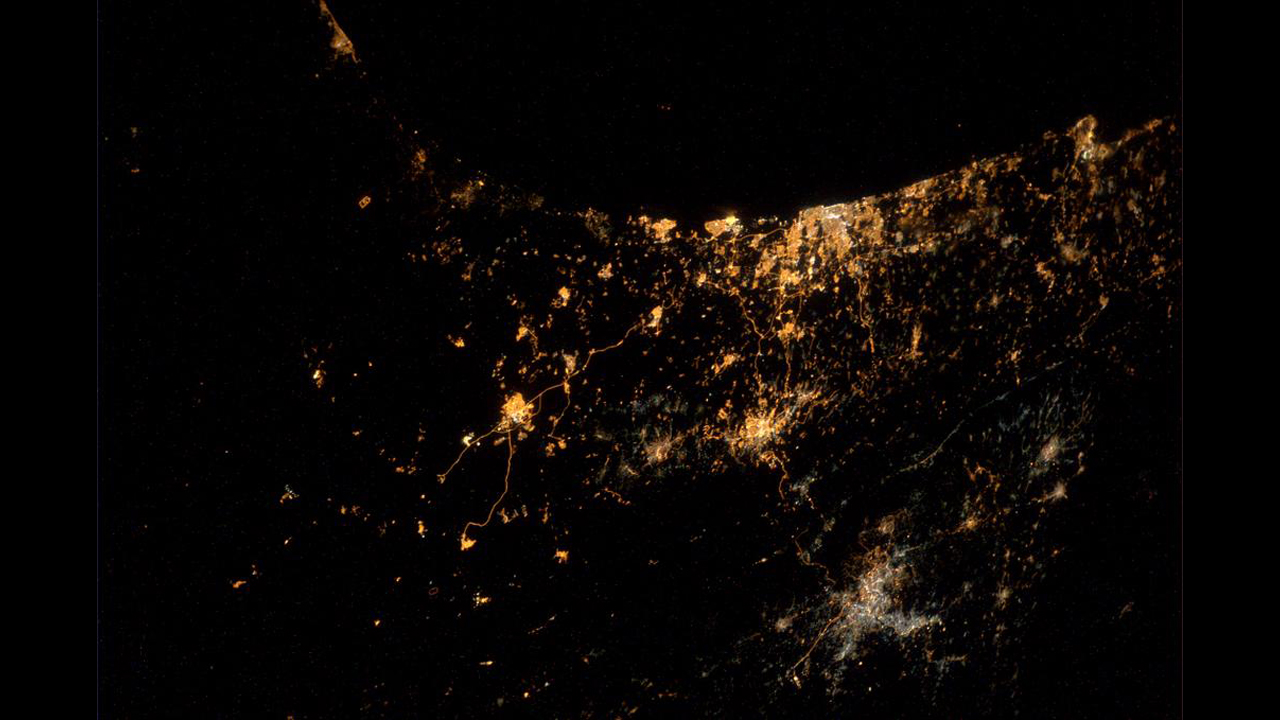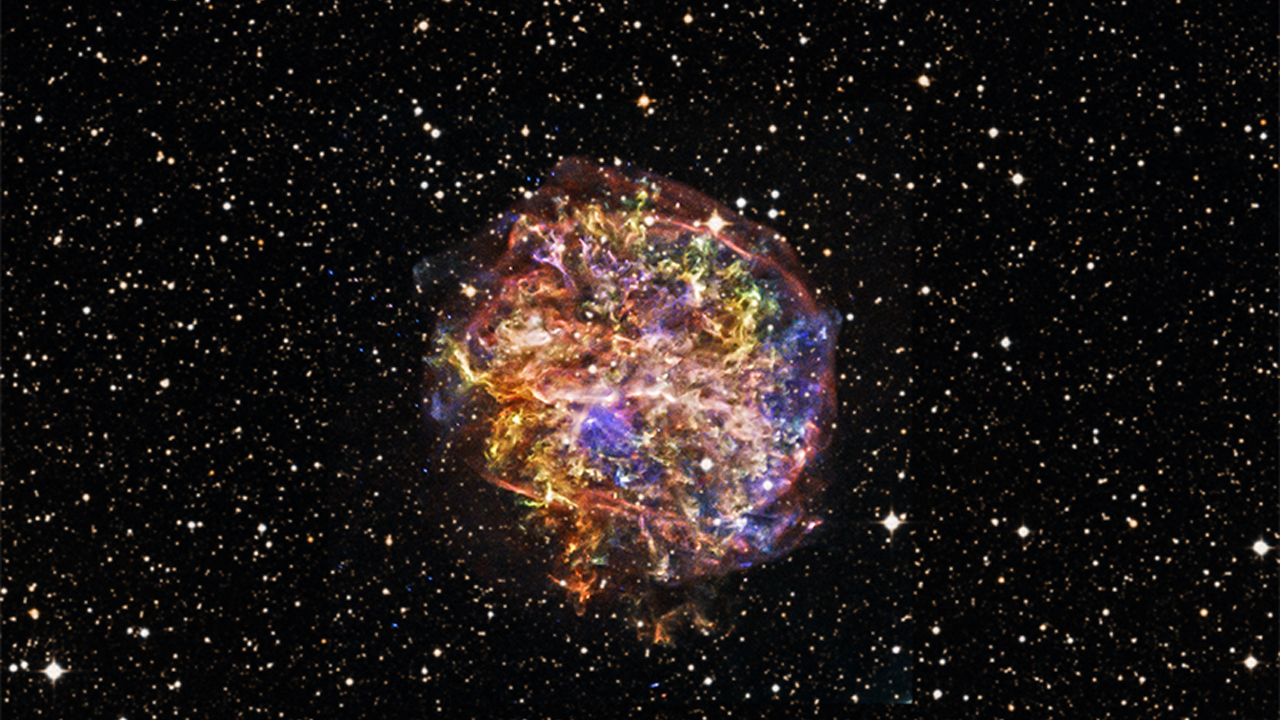Tag: SPACE
According to the New Scientist, the generally accepted theory that the universe is expanding at an accelerating rate “had never been directly tested.” It relied upon certain things, like type IA supernova’s thermonuclear explosions, which can be used as “standard candles” to measure the distance between stars and potentially record data to prove the accelerating expansion theory. Up till now, there […]
In an attempt to better understand the impact of zero gravity on astronauts, NASA is conducting a study that requires participants to lie in a chair with their head tilted towards the floor for 70 days straight. If that sounds less than appealing consider you will be paid $170 a day for this grueling work. NASA […]
Scientists have known for a long time that the first several billion years of Earth’s existence was a harsh and turbulent time for our planet. Now, Stanford University’s Donald Lowe has released research showing that bad times lasted longer than we previously realized: Lowe and his colleagues have spent 40 years studying a patch of ancient […]
NASA’s aptly named Stardust spacecraft caught some particles from the comet Wild 2, which it delivered to Earth in 2006. The results of the dust’s analysis have now been published. Scientists have not been able to determine where in the universe these grains came from, but they do know that they are composed of a “magnesium-iron-silicate mineral called olivine, ” […]
A new Texas-based company Celestis, Inc offers to send a portion of your pets’ remains or DNA into space, for as little as $995 and up. The pet remains will travel on a vehicle also carrying scientific or commercial baggage. The service is fairly customizable, as the company describes in their press release: “Service options include suborbital flights that […]
NASA’s next rover to Mars, launching in 2020, will pull carbon dioxide from the atmosphere and transform it into breathable oxygen. “When we have humans exploring Mars, they can make great use of the oxygen,” Michael Meyer of NASA’s Mars Exploration Program told the press. “We all love that stuff.” NASA will conduct several experiments on Mars […]
Scientists have created the most detailed map ever to depict Jupiter’s magnetic field. It’s a big one — 18,000 times more powerful than Earth’s, it’s the second largest continuous structure in the solar system, second only to the Sun’s heliosphere. The field extends more than 4 million miles from the gas giant’s surface. Wired explains: […]
Russia recently launched a satellite full of geckos into space, in order to obverse their mating activities in zero-gravity conditions. The satellite has now stopped responding to commands sent by mission control. But the equipment on board is still sending data back to Earth, a spokesperson for the Russia’s Institute of Biomedical Problems told the Wall […]
Alexander Gerst, a German astronaut living aboard the International Space Station took this photo of the Gaza Strip from space and posted it to Twitter today. The tweet reads, “My saddest photo yet. From #ISS we can actually see explosions and rockets flying over #Gaza & #Israel.” The death toll has now reached 655 Palestinians and […]
For the 15th anniversary of the Chandra X-Ray Observatory, NASA has released four new visuals of supernova remnants. The gorgeous images show the remains of the Crab Nebula, Tycho, G292.0+1.8, and 3C58. Chandra was launched into space by shuttle mission STS-93 in 1999. Its x-ray allows it to photograph space entities without the Earth’s shadow. “The Tycho […]

